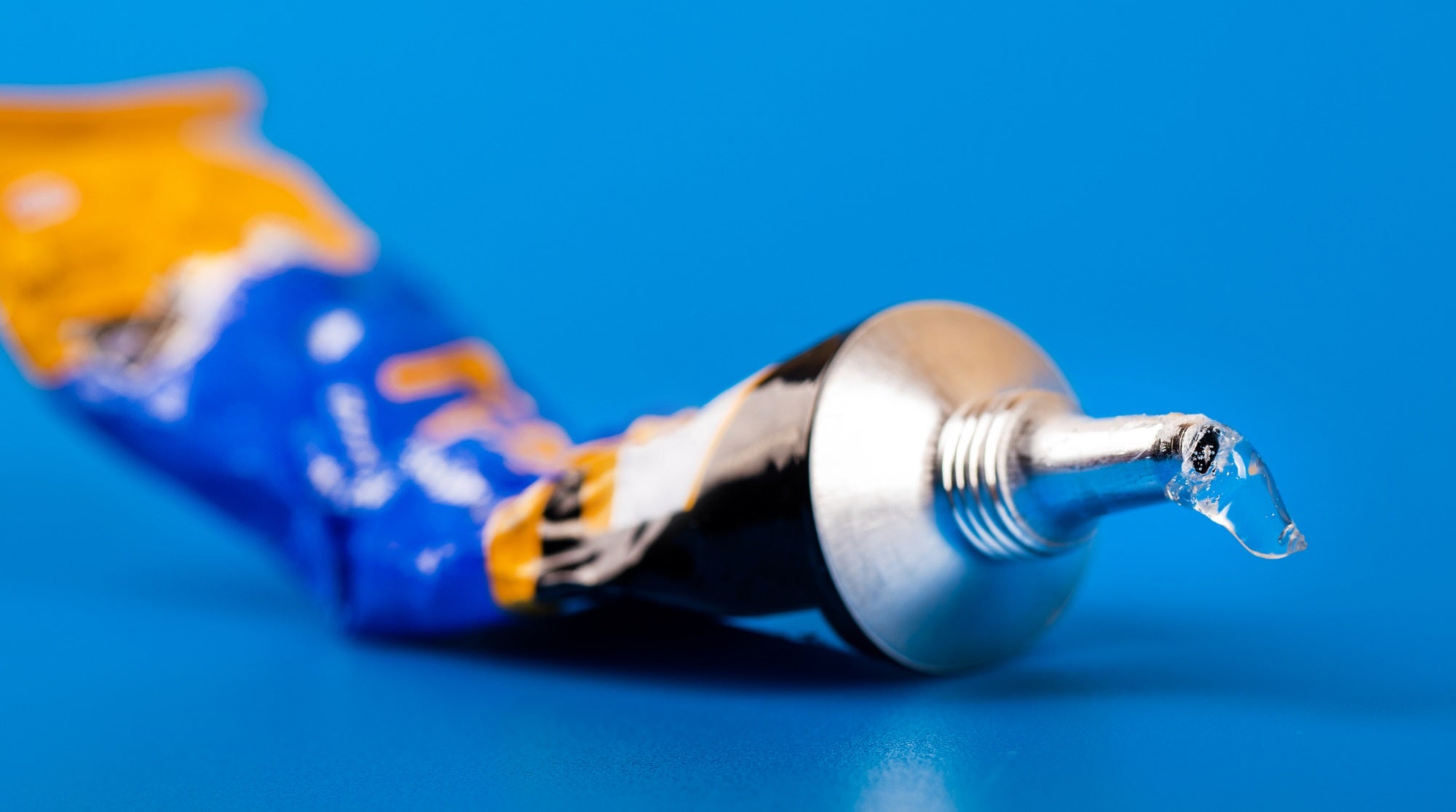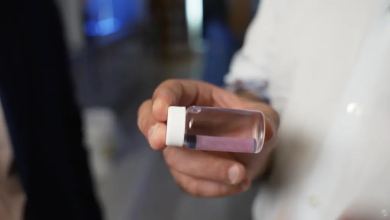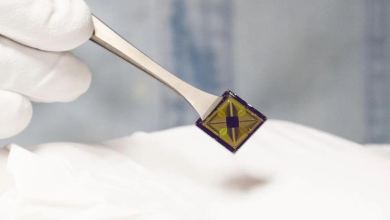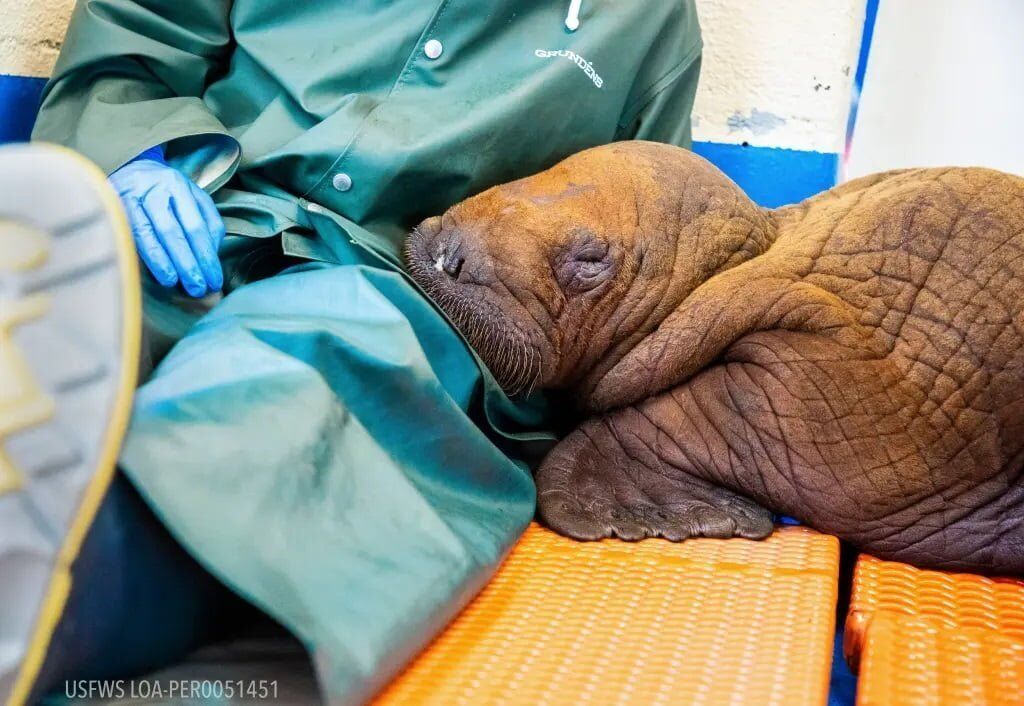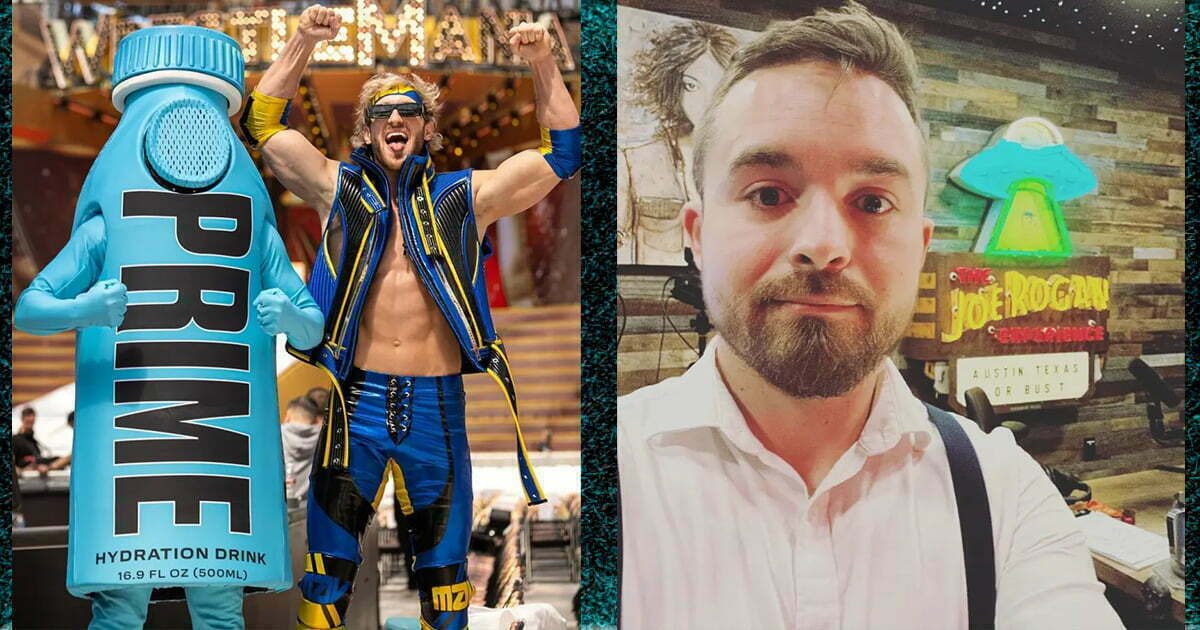Recycling plastic could become simpler with the use of Super Glue.
By pure happenstance, one of mankind’s most significant innovations came about in 1942 amidst the United States’ entry into World War II following the Pearl Harbor bombing. As the populace rallied to join the war effort, corporations scurried to contribute in any way possible. It was during this time that the Eastman Kodak Company, situated in Rochester, New York, devised a plan to create a plastic gun sight that would bolster the accuracy of the Allied forces. While striving to construct this item, Henry Coover, a chemist, unearthed the tenacious properties of a substance labeled ethyl cyanoacrylate, which ultimately evolved into the widely-used adhesive known as Super Glue.
Coover shifted his attention from turning ethyl cyanoacrylate into plastic to perfecting it as an instant adhesive. However, the possibility of creating plastic from the chemical monomer remained. The challenge was to prevent it from bonding instantly to other surfaces. A recent publication in Science Advances presents a new technique for transforming Super Glue into a recyclable plastic. Although this advancement has the potential to replace nonbiodegradable plastics, some experts in polymer science caution that it may introduce alternative forms of pollution during manufacturing.
According to Allison Christy, a lead author of a recent study and graduate research assistant at Boise State University in Idaho, Super Glue exhibits a diverse reaction with various materials. This attribute is beneficial in adhesive production as it creates concise polymers that enhance pliability. Nevertheless, in plastic production, elongated polymers are necessary to sustain sturdiness.
Extending the reaction time of Super Glue poses an initial obstacle, as longer polymers require more time to form. The researchers conducted a comprehensive search for initiators, or substances that facilitate chemical reactions, and co-reactants that would not react with Super Glue upon contact. After exhaustive testing, they determined that acetone, combined with a scant amount of dimethyl sulfoxide, a versatile and clear liquid with the capability to dissolve a wide range of organic and inorganic substances, was the optimal initiator.

The team had to confront an additional matter which pertained to the location of the reaction. Due to Super Glue’s strong adhesive properties, it was necessary to find a receptacle that would not interact with ethyl cyanoacrylate and facilitate the timely retrieval of the plastic without adhering to the surrounding surfaces. The quandary was ultimately solved through the use of Tupperware. Scott Phillips, a materials science and engineering professor at Boise State University and contributor to the research, notes that Super Glue exhibits negligible affinity towards polypropylene and polyethylene, the primary plastics employed in Tupperware.
Following that, the team devised a response that decelerated the responsiveness of Super Glue, extended the bonding period between molecules, and generated more extended polymers. When they obtained their resultant material, known as polyethyl cyanoacrylate or PECA, they had to concentrate on enhancing its durability. Christy accomplished this by annealing the substance, which involved heating it for 20 to 30 minutes to advance its mechanical features. Furthermore, the thermal qualities of PECA granted the scientists the ability to form the plastic into various structures, including a bowl.
The ultimate objective was to attain sustainability in the process. The team aimed to create a plastic that could be transformed into its original raw components, thus establishing a self-sufficient system that minimizes garbage. Achieving this required subjecting the PECA to a temperature of 410 degrees Fahrenheit to disrupt the polymer’s links, while simultaneously employing a moisture-absorbing agent called phosphorous pentoxide to eliminate any unwanted water.
Phillips reports that the process yielded an astounding 93 percent of the initial monomers, a result that was quite astonishing. He initially thought that the Superglue monomer would react with everything due to its remarkable reactivity. However, the monomer is also volatile, which led to its evaporation under the heating conditions applied, effectively separating it from all the substances it would typically react with. Christy predicts that the yield could be even more substantial if executed in an industrial environment because materials like acetone and DMSO are easily accessible and cost-effective.
Ramani Narayan, an expert in bioplastics and professor of chemical engineering and materials science at Michigan State University, commends the fascinating paper on the creation of fresh polymers that could offer valuable traits for plastic applications. Nevertheless, he warns that PECA might encounter the identical problem as other non-biodegradable plastics and release microplastics that could amass in the surroundings.
Narayan has more than one worry when it comes to pollution. He points out that during one of the reaction processes, chemicals such as acetone are evaporated, which releases residual solvents into the atmosphere. This could pose a problem for production facilities that have strict regulations for volatile organic compound emissions. Furthermore, Narayan highlights that the manufacture of ethyl cyanoacrylate requires two ingredients – chloroacetic acid and sodium cyanide – that are not considered safe for human health or environmentally friendly.
The study poses a crucial inquiry: How can we effectively manage plastics? Presently, the world grapples with an estimated 8.3 billion tons of plastic, with a staggering 79 percent of it relegated to landfills due to its non-recyclable nature. Examples of such plastics include petroleum-based polystyrene, which is widely used in everyday items like yogurt cups and disposable spoons. Despite its versatility, polystyrene makes up six percent of total plastic waste and is notoriously hard to decompose. However, the study’s authors suggest using PECA in place of polystyrene for various applications, which could potentially reduce that six percent by enabling plastic recycling back to its original material. Phillips expounds that this approach could revolutionize plastic management.
“We can’t get rid of plastic entirely. It’s impossible. It’s one of the most valuable materials to society,” Christy noted. “If we can use creative approaches and rethink plastic and some of the other materials around us, there are solutions out there worth pursuing.”
